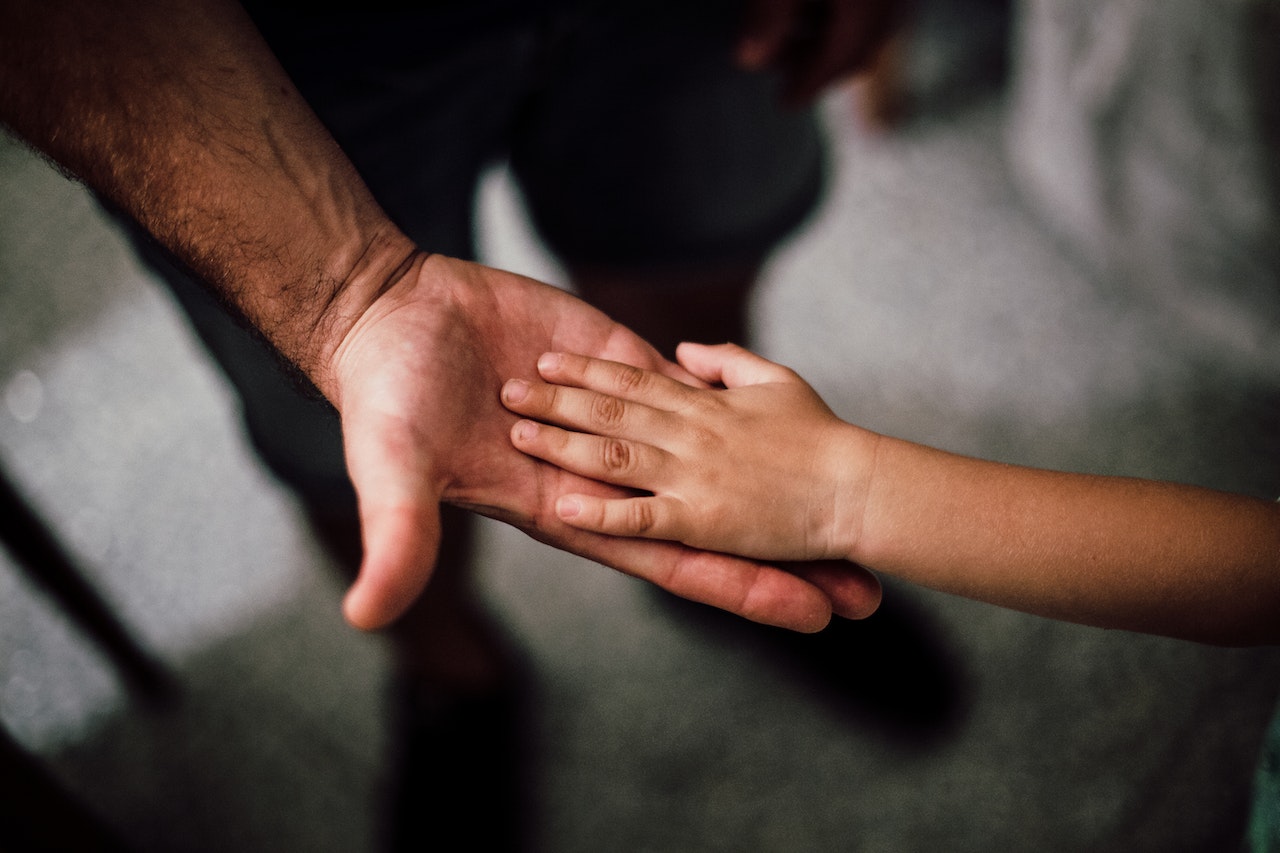This post was originally published on Good on You
Our editors curate highly rated brands that are first assessed by our rigorous ratings system. Buying through our links may earn us a commission—supporting the work we do. Learn more.
Every year, we review the 50 brands that’ve received the highest ratings against our world-leading methodology to give you a comprehensive understanding of who’s doing the most in the industry. But before we get into 2024’s exciting line-up, let’s rewind…
What is Good On You all about?
Since 2015, Good On You has been leading the way in the more sustainable fashion space. First and foremost, we are a brand ratings platform. We rate brands on the environmental impact, labour rights, and animal welfare issues that matter, awarding them an easy-to-understand score from 1 “We Avoid” through to 5 “Great” for each area. We give them an overall score, too.
We believe fashion brands should be responsible for and transparent about their impact. We help to answer questions about how the clothes you’re wearing were made, and whether your favourite brands are doing everything they can to avoid harmful impacts on people, the planet, and animals.
Our ratings system is the most comprehensive in the world that addresses issues across the environment, people, and animals. We collect over 1000 data points per brand across all the key sustainability issues, bringing together a wide range of indicators, ratings, certifications, and standards systems. As of right now, there are thousands of brands listed on our web directory, and in our app.
What makes a brand more sustainable and ethical?
It’s all well and good to say a brand is more ethical and sustainable, but what does that mean in practice? Simply put, a more ethical and sustainable brand makes sure it positively impacts people, the planet, and animals. Here’s an overview of what we look at in each pillar:
Labour conditions
Our people pillar refers to all the hands that touch a garment before it gets to you. From the farmers harvesting the cotton to the workers dyeing fabric and the people packing your orders. A responsible brand ensures its workers are treated fairly across the entire supply chain. This includes policies and practices on child labour, forced labour, supplier contracts, worker voice, gender equality, diversity, the right to join a union, and payment of a living wage.
Environmental impact
For the planet, we want to ensure brands are doing their best to protect the Earth in their production processes. More sustainable brands care about their use of resources and energy, reduce their carbon emissions and impact on our waterways, forests, and biodiversity, and use and dispose of chemicals safely. They incorporate a high proportion of lower-impact materials like linen and recycled cotton, certified by trusted names like the Global Organic Textile Standard (GOTS).
Animal welfare
The welfare of animals is crucial. Non-human animals are sentient beings we share the planet with and deserve to be treated with respect and, ideally, left alone altogether. A cruelty-free brand uses no or very few animal products, which include wool, leather, fur, angora, down feather, shearling, karakul, and exotic animal skin and hair. Only brands that are 100% vegan are awarded our “Great” score for animals.
Finding more sustainable clothing brands has never been easier
Whether you’re a sustainable fashion aficionado or are new to the sphere, it’s helpful to have a list of brands whose sustainability claims have been rigorously assessed for you. As more brands than ever are celebrating the sustainable practices they have in place, it can be difficult to determine which of those claims have substance and which are just greenwashing—particularly when it comes to fast fashion giants. What’s more, finding brands that meet your needs and values can also present a challenge.
But that’s why Good On You exists. We’ve done the hard work for you and researched, rated, and rounded up the 50 top-scoring more sustainable clothing brands from around the world in this guide. A few brands have made it to the top of our ratings again this year, including “Great” labels Etiko, MUD Jeans, Armedangels, LA Relaxed, Mila.Vert, People Tree, Dedicated, No Nasties, Triarchy, Nudie Jeans, Culthread, Fair Indigo, Citizen Wolf, and Swedish Stockings.
Scroll on to discover the top 50 brands on Good On You, or search the page by region. We hope you meet your new favourite brand.
Browse brands by location |
North America
The post More Sustainable Clothing Brands: The 50 Top-Rated Brands on Good On You appeared first on Good On You.




0 Comments